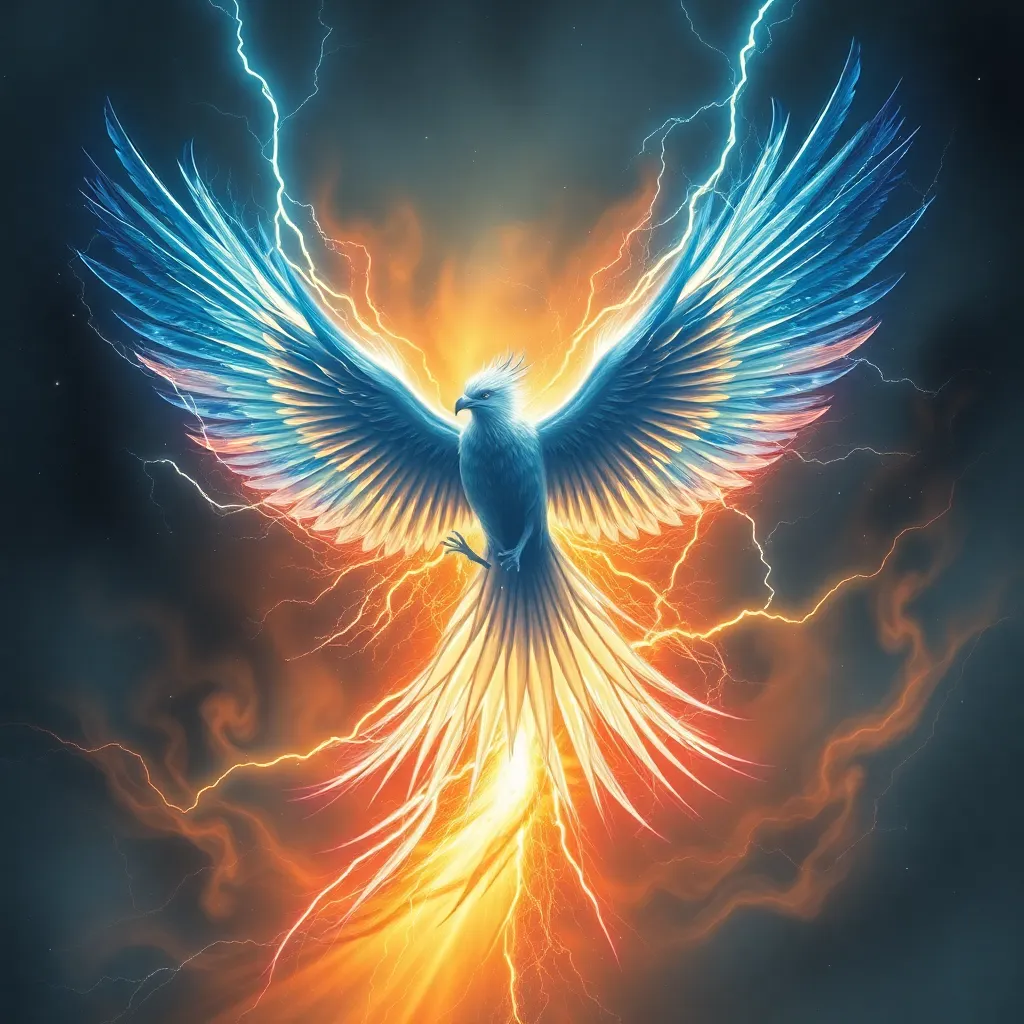The Baba Yaga in Children’s Literature: A Reframing of the Hag’s Image
I. Introduction
Baba Yaga, a renowned figure in Slavic folklore, has captured the imagination of many generations with her enigmatic presence. Originating from Eastern European tales, she is traditionally depicted as a fearsome witch with a penchant for malevolence. However, the portrayal of Baba Yaga has undergone significant transformation in modern children’s literature, evolving from a figure of terror to one that embodies wisdom and resilience. This article aims to explore this evolution and the ways in which contemporary narratives have reframed Baba Yaga’s image, making her a more relatable and multifaceted character for young readers.
II. Historical Context of Baba Yaga
The roots of Baba Yaga can be traced back to ancient Eastern European folklore, where she is often depicted as a supernatural being who lives in a hut that stands on chicken legs. Her character is steeped in symbolism, representing the duality of life and death, nature, and the unknown. In traditional tales, she serves as a guardian of wisdom and a figure who tests the bravery and cunning of heroes.
The hag archetype, of which Baba Yaga is a prominent example, carries significant implications for children’s stories. Historically, hags have often been portrayed as antagonists, embodying fears associated with aging, femininity, and power. This portrayal can shape children’s understanding of female figures, often reinforcing negative stereotypes. However, understanding the complexity of these characters can provide valuable lessons about resilience and the multifaceted nature of humanity.
III. The Transformation of Baba Yaga in Modern Children’s Literature
In recent years, several key works have sought to reframe Baba Yaga’s character, presenting her in a new light:
- “Baba Yaga and Vasilisa the Brave” by Marianne K. McShane – This retelling portrays Baba Yaga as a complex character who, despite her fearsome reputation, ultimately aids the brave Vasilisa in her quest.
- “Baba Yaga: The Wild Witch of the East” by A. H. K. B. – This book presents Baba Yaga as a protector of nature, emphasizing her connection to the earth and her role as a wise guide.
These modern portrayals emphasize themes of empowerment and resilience. Rather than merely serving as a villain, Baba Yaga often becomes a mentor or ally, helping young protagonists navigate their challenges. This shift not only humanizes her character but also provides young readers with positive role models who exhibit strength and wisdom.
IV. The Role of Baba Yaga in Teaching Moral Lessons
Baba Yaga’s stories often serve as vehicles for moral lessons, guiding children through the complexities of courage, cleverness, and respect for nature. Parental guidance can enhance these lessons, as adults can facilitate discussions about the narratives and their implications.
The duality of Baba Yaga’s character—both scary and wise—opens doors for children to explore their feelings about fear and respect. For instance, her tests often challenge protagonists to think critically and solve problems creatively, fostering essential life skills. Through these stories, children learn that appearances can be deceiving and that wisdom can be found in unexpected places.
V. Cultural Significance and Representation
Baba Yaga stands as a cultural icon in Slavic heritage, representing the rich tapestry of myths and legends that enrich the region’s folklore. Her portrayal in children’s literature emphasizes the importance of diverse representations, allowing young readers to engage with cultures different from their own.
Reframing Baba Yaga not only enhances her character but also contributes to a broader cultural understanding. By showcasing her complexity, authors encourage children to appreciate diversity and develop empathy for different perspectives, thereby fostering a more inclusive worldview.
VI. Comparative Analysis with Other Folkloric Figures
When comparing Baba Yaga to figures like the witch in Western fairy tales, several similarities and differences emerge:
- Similarities: Both figures often embody fear and serve as obstacles for protagonists. They typically possess magical powers and live on the fringes of society.
- Differences: Unlike many Western witches who are portrayed as purely evil, Baba Yaga’s character is more nuanced, often serving as both antagonist and ally.
This evolution of female characters in folklore reflects changing societal attitudes towards women and power. By analyzing these figures, children can gain insight into the complexities of femininity and the various roles women can occupy in stories.
VII. Reader Reception and Impact on Children
Children’s responses to different representations of Baba Yaga vary widely, often influenced by the narratives’ tone and the illustrations that accompany them. Modern storytelling, with its emphasis on character development and relatable themes, significantly impacts children’s imaginations, allowing them to engage with Baba Yaga in a more meaningful way.
The role of illustrations and narrative style is crucial in shaping perceptions. Bright, engaging artwork can transform Baba Yaga from a figure of fear into one of intrigue and wonder. Children are more likely to embrace stories that present her as a complex character, fostering curiosity rather than fear.
VIII. Conclusion
In summary, the reframing of Baba Yaga’s image in children’s literature reflects broader societal shifts and a growing appreciation for diverse narratives. As authors continue to explore her character, they contribute to the ongoing relevance of folklore in contemporary storytelling.
The future of Baba Yaga in literature and media holds exciting possibilities. As writers and illustrators seek to further develop her character, they can inspire a new generation of readers to embrace complexity, challenge stereotypes, and appreciate the rich tapestry of cultural narratives that shape our understanding of the world.



